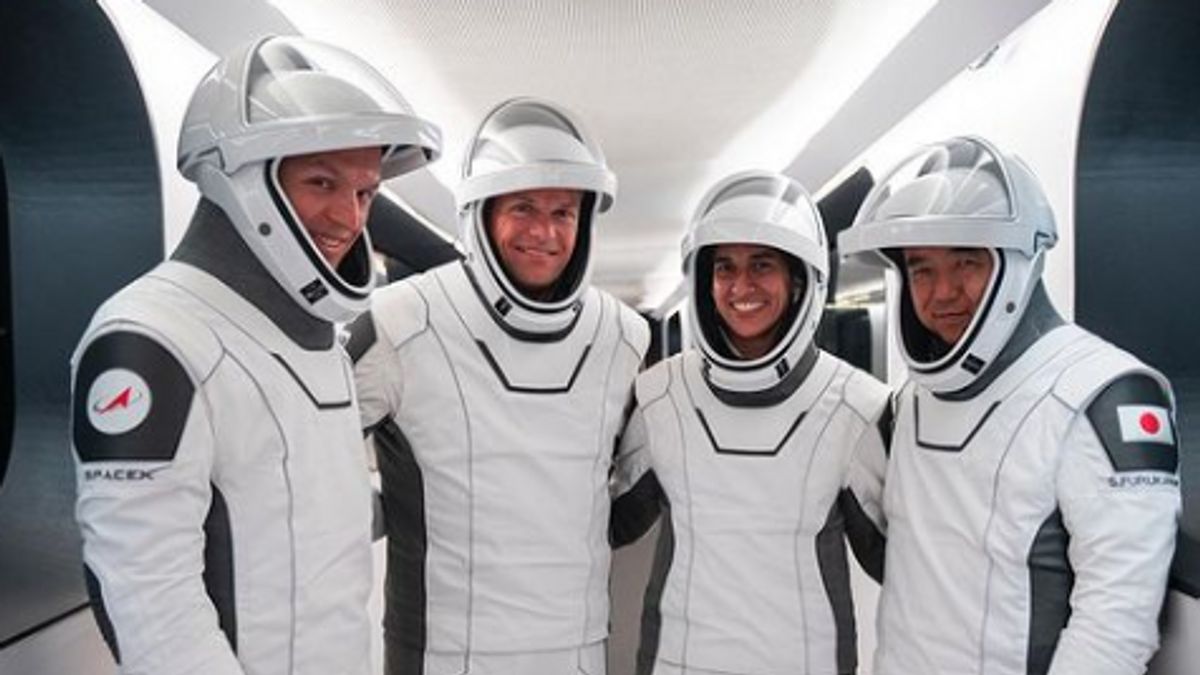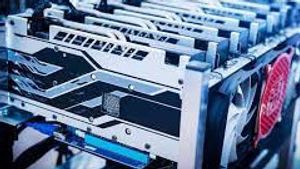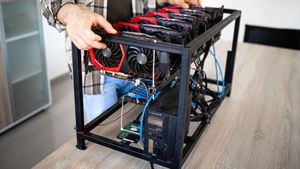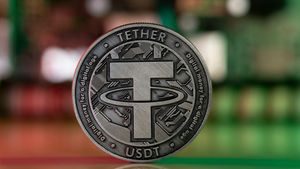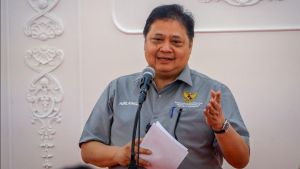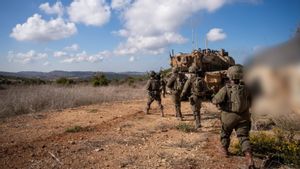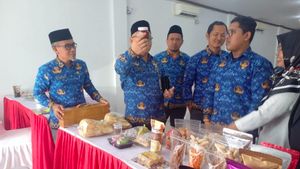JAKARTA - The International Space Station (ISS) has just arrived in Crew-7, which is four astronauts from various countries. There, they will soon carry out a series of missions that may be useful for future missions to the Moon and Mars.
The astronauts include Jasmin Moghbel from the American Aeronautics and Space Agency (NASA), European Space Agency (ESA) astronaut Andreas Mogensen, Japanese Aerospace Exploration Agency (JAXA) Satoshi Furukawa, and Russian Space Agency (Roscosmos) cosmonaut Konstantin Borisov.
The four rode the Dragon capsule and rode SpaceX's Falcon 9 rocket, which was launched from the 39A Launch Complex at the Kennedy Space Center, Florida, United States (US), on Saturday, August 26 at 3:27 a.m. EDT.
They arrived at the ISS on Sunday, August 27 at 9:26 a.m. ET. The astronauts will then immediately start a series of missions that include research on the human body in space, here's an explanation below:
Find Out The Impact Of Space On Humans
One of these missions is the Integrated Protocol Complex for Human Exploration Research on Variational Mission Duration (CIPHER).
CHIPER itself represents a series of 14 different experiments, aimed at testing how spaceflight can change the human body based on duration.
Astronauts carrying out different missions can participate in a series of integrated studies that monitor their health before, during, and after missions.
The experiment will collect a wide range of physiological and psychological measures from human responses to time in space. As a result, it can play an important role in ensuring the safety, health, and success of astronauts in space exploration missions at long durations, such as on the Moon or Mars.
Testing Small Dark Passengers
The spacecraft and spacesuit designers supporting the exploration of other planets need to consider the possibility of humans being able to carry microbes such as bacteria and fungi on missions.
To that end, in the investigation of External Microorganism on the ISS, astronauts collected samples during space travel to determine whether the ISS releases microorganisms through the ventilation of life-supporting systems and, if so, how much and how far these microorganisms can travel.
Upon his return to Earth, scientists plan to analyze the DNA of these microorganisms to better understand their ability to survive and reproduce in space.
Scientists will also create a simulation environment to continue to evaluate how these organisms behave on the Moon and Mars.
Different Sleep Patterns In Space
Microgravity and artificial day-night cycles on the ISS change the daily rhythm and sleep patterns of astronauts, in turn, can affect their health, welfare, and cognitive performance.
Therefore, ESA made an investigation into the question of Sleep in Orbit which examines physiological differences between sleep on Earth and outer space. The stages of sleep are related to the state of the brain and can be assessed based on the brain's electrical signal.
Sleep in Orbit uses an earbud electroencephalogram (EEG) device promoted by Aarhus University in the Ear-EEG Center, Denmark, to measure the brain activity of astronauts while sleeping.
EEG is designed to be easy to use and without a cable network, so it's unlikely to interfere with sleep. This research can guide the development of measures to prevent or reduce poor sleep quality and its impact, improve safety and quality of work during missions.
SEE ALSO:
Create Clean Drinking Water
Controlling microbial growth in recycled wastewater is necessary to provide safe water to drink and personal hygiene and to protect the integrity of the life-supporting system of humans living in outer space.
Adhesion and Bacteria corrosion study how spaceflight affects the formation of biofilms, namely communities of various bacteria species that stick to the surface.
The investigation will observe the biofilm's ability to cause corrosion on the stainless steel surface similar to the one in the water system on the ISS and check how well disinfectant cleans the biofilm.
The experimental results can provide insight into a better way to control and eliminate resistant biofilms, thus contributing to the success of future long-term missions.
The English, Chinese, Japanese, Arabic, and French versions are automatically generated by the AI. So there may still be inaccuracies in translating, please always see Indonesian as our main language. (system supported by DigitalSiber.id)
